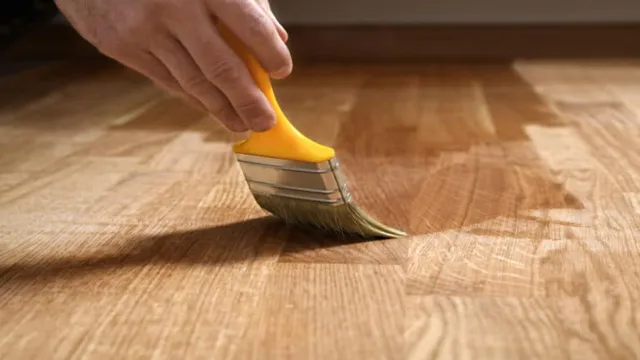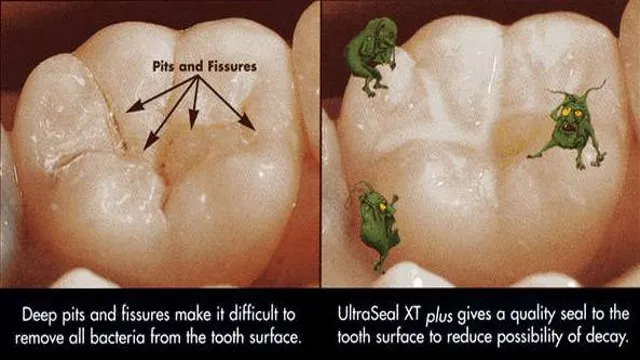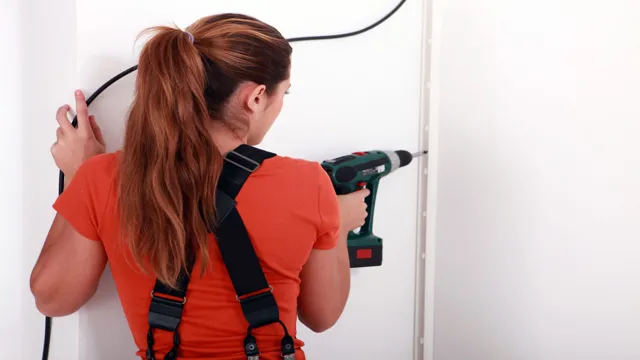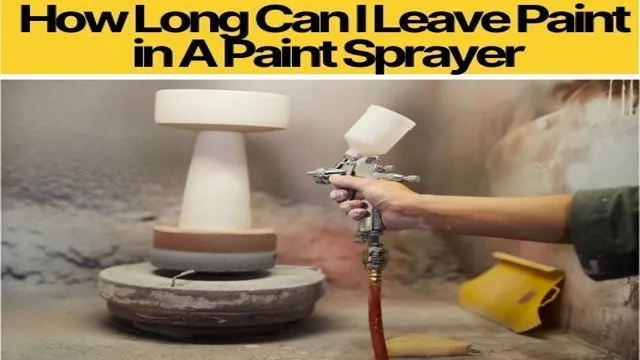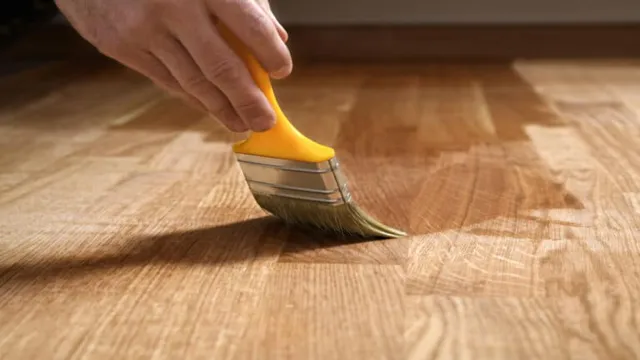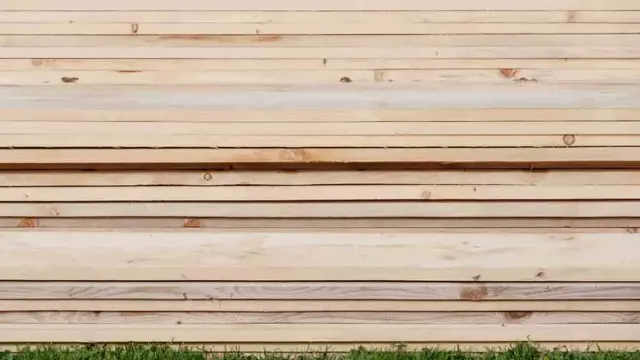How to Lubricate Wooden Table Slides: A Step-by-Step Guide for Smooth Movement

Do you have a wooden table that just doesn’t seem to glide smoothly anymore? Maybe it’s time to give it some TLC and lubricate the table slides. Wooden table slides are essential to a smooth functioning table that doesn’t wobble or creak. Over time, the wood can dry out and cause the table slides to become stiff.
But don’t worry! You don’t need to be a carpenter or have any specialized tools to lubricate wooden table slides. In this blog post, we’ll go over simple steps to get your table sliding like new again. So, let’s get started!
Introduction
If you have a wooden table with slides that need lubrication, don’t worry; it’s a relatively simple task. Before getting started, you will need to gather some supplies. You will need a lubricant such as a wax or silicone spray, sandpaper, a clean cloth, and some furniture polish.
Once you have all of your supplies, it’s time to get to work. The first step is to remove any debris, dust, or grime from the slides. You can use a vacuum or a soft-bristled brush to clean them.
Next, use sandpaper to smooth out any rough or uneven spots on the slides. This will help to ensure that the lubricant is distributed evenly. Now it’s time to apply the lubricant.
Do this by spraying a small amount onto the slides and then gently rubbing it in with your fingers. Be sure to apply the lubricant evenly across the entire surface of the slides. After the lubricant has been applied and smoothed out, allow it to dry for a few hours before wiping off any excess with a clean cloth.
Finally, apply a small amount of furniture polish to the wooden table, and your slides should now be working smoothly. In summary, lubricating wooden table slides is a simple task that can help keep your table functioning properly. By following the steps outlined above, you can ensure that your table slides will be smooth and functional for years to come.
Just remember to use the right supplies, take your time, and be gentle when applying the lubricant.
Why Lubricate Wooden Table Slides?
Lubricating wooden table slides may seem like a daunting task, but it can be a game-changer for your dining experience. So, why lubricate wooden table slides? Well, wooden table slides are essential for the smooth movement of table leaves. Without them, you may find it difficult to extend or collapse the table to fit your needs.
However, with prolonged use, these wooden slides can become stiff and difficult to move, making your dining experience less enjoyable. This is where lubrication comes in. By lubricating the wooden table slides, you can eliminate friction, reduce wear and tear, and ensure that your table leaves slide like a breeze.
Plus, you’ll also prevent any unnecessary damage to the wooden table’s finish. So, if you want to enjoy a seamless dining experience without any annoying squeaks or resistance, lubricating your wooden table slides is definitely worth it.

Benefits of Lubricating Wooden Table Slides
If you have a wooden table with slides, you may have noticed that it doesn’t glide as smoothly as it used to. This is because over time, the wood can dry out and expand, causing the slides to become sticky or tight. However, by lubricating the slides with the right products, you can make them work like new again.
Not only does lubricating the slides make it easier to extend and collapse your table, but it also helps to prevent wear and tear on the wood. One of the best products to use for lubrication is beeswax, which is a natural and non-toxic way to condition and protect your wooden table slides. By applying a small amount of beeswax to the slides, you can make sure that your table glides smoothly and that the wood stays in good condition for years to come.
Preparation
If you own a wooden table with sliding mechanisms, it’s essential to keep them lubricated to ensure smooth operation and extend their lifespan. Here’s how to lubricate wooden table slides: firstly, clean the area around the slide thoroughly to remove any debris or dust that may have accumulated. Next, apply a lubricant directly onto the slide, making sure to cover the entire surface.
You can use a silicone-based lubricant, wax, or a dry lubricant like graphite powder. It’s best to apply the lubricant sparingly, avoiding excess that might attract dirt and debris. Then, glide the slide back and forth a few times to distribute the lubricant and break it in.
Lastly, wipe the excess lubricant away with a clean, dry cloth, and you’re good to go! This simple maintenance task will make a significant difference in the performance of your wooden table slides. So, keep them well lubricated to enjoy smooth, hassle-free operation and avoid unnecessary wear and tear.
Materials Required
When it comes to preparing for a project, having the right materials is essential. Depending on what you’re working on, the materials you need can vary greatly. For example, if you’re planning to repaint a room in your house, you’ll need paint, brushes, rollers, drop cloths, and other supplies.
If you’re building a piece of furniture, you may need lumber, screws, nails, and other hardware. Whatever your project is, taking the time to gather the right materials beforehand can save you a lot of time and frustration later on. Not only will you be prepared to tackle the project, but you’ll also avoid running out of supplies mid-project.
So before you start, make a list of all the materials you’ll need and head to the store to gather them up. With the right preparation, you’ll be able to complete your project with ease and satisfaction.
Cleaning the Table Slides
If you’re planning on cleaning your table slides, it’s important to prepare yourself properly. First, make sure you have all the necessary cleaning supplies. You will need a soft, microfiber cloth, water, and a mild cleaning solution.
It’s important to avoid using harsh chemicals like bleach or ammonia, as they can damage the surface of the table slides. Once you have your cleaning supplies together, clear off any items that may be on the table. This will make it easier to access the slides and ensure that they are thoroughly cleaned.
Additionally, take the time to inspect the slides and make sure they are not damaged or warped. If you notice any issues, it may be best to seek professional help to avoid further damage. By properly preparing yourself and your cleaning supplies, tackling table slides should be a breeze.
Lubrication Methods
If you have a wooden table with slides that stick or squeak, adding lubrication is a simple solution to make the table move smoothly. There are a few different ways to lubricate wooden table slides, depending on your personal preference and the tools you have on hand. One common method is to use beeswax or paraffin wax.
Simply rub the wax onto the slides with a cloth and then buff it in with another clean cloth. Another option is to use a silicone spray or paste, which can be applied directly to the slides and then rubbed in with a cloth. It is important to avoid using heavy oils or grease, as these can attract dust and dirt and make the slides even more difficult to move.
With a little bit of lubrication, your wooden table slides should glide easily and quietly, making your furniture more enjoyable to use. So don’t wait any longer, grab your wax or spray and try out one of these methods for yourself today!
Waxing
Waxing is one of the most common methods for lubrication, as it helps reduce friction and prolong the life of moving parts. There are various types of waxes available, such as paraffin, beeswax, and carnauba wax, each with its own unique properties. Paraffin wax, for example, is a popular choice for reducing friction on machinery, while beeswax is a great option for use on wooden surfaces to help prevent splintering and cracking.
Carnauba wax is considered one of the hardest waxes and is commonly used in automotive detailing to bring out a deep shine in the paint. Regardless of the type of wax used, it’s important to apply it correctly to ensure maximum effectiveness. This can involve melting the wax and applying it directly to the surface or using a spray-on wax for an easier application.
By incorporating waxing into a regular maintenance routine, you can help extend the life of your equipment and keep it running smoothly for years to come.
Greasing
When it comes to ensuring the smooth operation of machinery, lubrication methods play a crucial role. Greasing, in particular, is an effective method of lubrication that involves the application of a lubricating grease to machine parts. This grease then forms a protective layer that reduces friction and wear between moving parts, thus extending the lifespan of machinery and reducing the risk of breakdowns or malfunctions.
The process of greasing involves carefully selecting the right type of lubricating grease, as well as applying it evenly to the relevant parts. It’s essential to remember that when it comes to greasing, quality is key, and using the wrong type of grease can lead to more harm than good. By understanding the different lubrication methods and the importance of selecting the right lubricant for the job, you can keep your machinery running smoothly for years to come.
Spraying with Silicone Lubricant
Silicone lubricant is a popular choice when it comes to lubricating different types of machinery and objects. There are various methods to apply silicone lubricant, but spraying is one of the easiest and most convenient ways. The process of spraying silicone lubricant involves using a silicone spray can which is equipped with a nozzle that enables you to spray a fine mist of silicone on the surface that needs lubrication.
One of the benefits of spraying with silicone lubricant is that it allows for even distribution of the lubricant without the risk of over-lubrication. Over-lubrication can cause debris or dust to stick to the excess lubricant, which can lead to further complications. Spraying with silicone lubricant is especially effective in situations where a part needs to be lubricated regularly.
It’s also ideal for hard-to-reach places, including areas that are difficult to access with different lubrication methods. Overall, spraying with silicone lubricant is a simple and effective way to keep machinery and objects running smoothly and efficiently.
Application
If you have a wooden table with slides that seem stiff or difficult to operate, you may want to consider lubricating them. The process is actually quite simple and can make a big difference in the ease of use of your table. The first step is to clean the slides thoroughly, removing any dirt or debris that may be blocking them.
You can then apply a lubricant such as beeswax or silicone spray directly to the slides. Be sure to work the lubricant into the wood with a clean cloth or brush, and wipe away any excess to avoid sticky residue. With regular maintenance and lubrication, your wooden table slides should operate smoothly for years to come.
By taking the time to properly care for your furniture, you can extend its lifespan and keep it looking great for generations. So next time you notice your table slides aren’t moving as smoothly as they should, consider grabbing some lubricant and giving them a quick tune-up.
Applying Wax
Applying wax to your car may seem like a daunting task, but with a little practice, it can become an easy part of your car maintenance routine. Before beginning, ensure that your car is clean and dry. Then, apply the wax using a foam applicator pad, making sure to spread it evenly over a small section of your car.
Work in a circular motion, and apply enough pressure to ensure the wax gets into all the nooks and crannies. Once you have applied wax to the entire car, wait for it to dry completely. This usually takes anywhere from 10-15 minutes, but can vary depending on the product you use.
Finally, use a microfiber towel to buff off the dried wax residue. Not only does this leave your car looking shiny and new, but it also protects your car’s paint from damage caused by the sun, weather, and other environmental factors. With a bit of practice, you can easily and quickly apply wax to your car, keeping it looking its best for years to come.
Applying Grease
When it comes to applying grease, there are a few key steps to keep in mind to ensure that it is done effectively. First, you’ll want to make sure that the surface you are applying the grease to is clean and dry. Any debris or moisture on the surface can prevent the grease from adhering properly.
Once the surface is clean, apply the grease evenly using a clean cloth or brush. It’s important not to overapply the grease, as this can lead to it dripping or flinging off the surface. Instead, use a light coating, and apply more as needed.
Another important factor to consider is the type of grease being used. Different greases are designed for different applications, so be sure to choose the one that is best suited for your needs. By following these tips, you can ensure that your grease is applied properly, extending the life of your equipment and machinery.
Spraying with Silicone Lubricant
When it comes to lubricating machinery and equipment, spraying with silicone lubricant can be a game-changer. The application process for silicone lubricant is straightforward and simple. First, clean the surface that needs lubrication of any dirt, debris, or other lubricants that have built up.
Then, shake the can well before spraying. Make sure to hold the can at a 90-degree angle and spray the silicone lubricant in a sweeping motion. To ensure complete coverage, be sure to pay extra attention to areas that may be harder to reach or that are more prone to friction.
Finally, allow the lubricant to dry for a few minutes before resuming operation. By following these simple steps, spraying with silicone lubricant can extend the life of your machinery and equipment.
Conclusion
In conclusion, keeping your wooden table slides lubricated is a crucial step in maintaining a smooth and enjoyable dining experience. Think of it like putting your car through a carwash or giving it an oil change – taking care of the little details goes a long way. So don’t slide by this important task, grab some wax or oil, get your hands dirty, and enjoy the silky smooth slide of your perfectly lubricated table!”
Maintenance Tips
When it comes to maintaining your applications, prevention is key. This means regularly updating your app and its components, performing regular system backups, and keeping an eye on error logs. Additionally, it’s important to monitor your app’s performance, checking for usage patterns and trends, and identifying potential issues before they become bigger problems.
Investing in robust analytics and monitoring tools can help you keep track of key performance metrics, and enable you to quickly identify and resolve issues. If you’re looking to achieve maximum uptime and performance for your application, it’s important to not just set it and forget it, but to be consistently vigilant and proactive in your approach. By doing so, you’ll ensure that your users have a seamless experience and that your app continues to meet their changing needs.
Final Thoughts
In conclusion, the application of technology in the healthcare industry has revolutionized the delivery of healthcare services. Technology such as electronic health records has made it easy for healthcare providers to access patient information and provide quality healthcare. Also, telemedicine has made it possible for healthcare providers to attend to patients remotely, especially in remote and rural areas.
Wearable technology such as exercise trackers and heart rate monitors have enabled patients to manage their health through preventive healthcare measures. Artificial intelligence has also made it possible to personalize and provide precision healthcare. As a result, better health outcomes are achieved and the quality of healthcare services is improved.
Overall, technology plays a significant role in the healthcare industry, and it is necessary to embrace new technologies to improve healthcare delivery.
FAQs
What is the best lubricant for wooden table slides?
A silicone-based lubricant is recommended for wooden table slides.
How often should I lubricate wooden table slides?
It is recommended to lubricate wooden table slides once every six months.
Can I use WD-40 to lubricate wooden table slides?
No, WD-40 is not recommended for lubricating wooden table slides as it can damage the wood.
What tools do I need to lubricate wooden table slides?
You will need a silicone-based lubricant, a clean cloth, and some gloves as personal protection.
Can I use olive oil to lubricate wooden table slides?
No, olive oil is not recommended as it can attract dust and dirt, which can cause damage to the wooden table slides.
How do I apply the lubricant to wooden table slides?
Apply the silicone-based lubricant to a clean cloth and rub it onto the table slides. Wipe away any excess lubricant after application.
How can I tell if my wooden table slides need lubrication?
If your wooden table slides are difficult to open and close, make squeaking or grinding noises, or have visible signs of wear and tear, they may need lubrication.

